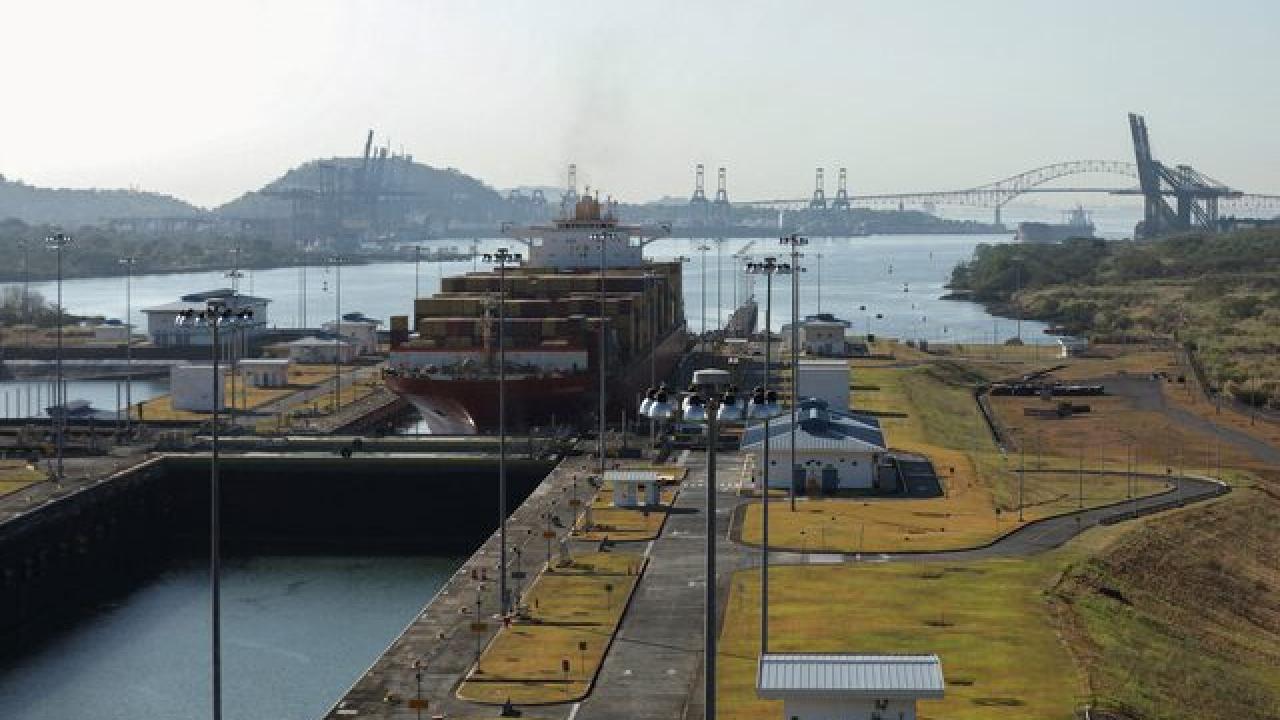
Restrictions on navigation in the Red Sea and Central America have effects far beyond those regions.
The United States withdraws its aircraft carrier USS Dwight D. Eisenhower from the Red Sea and sends the USS Theodore Roosevelt and its escort ships in its place.
This type of news rarely appears in the media, but the importance of the maritime route through the Red Sea for global trade should not be underestimated.
The task of that fleet is to protect the sea routes from the Arabian Peninsula to the Suez Canal.
For more than six months, Yemen's Houthi militias have been shooting at ships they associate with Israel because of their owners or operators.
On June 20, Bloomberg news agency reported that the Houthis, who have taken sides against Israel in the ongoing Middle East conflict, had sunk a coal transporter using a drone.
In response to Houthi attacks, the United States and the United Kingdom have repeatedly attacked the militia's positions in Yemen in recent months.
In addition, warships from two international coalitions are trying to secure maritime traffic along the Yemeni coast. The German navy also participated with the frigate "Hessen" within the framework of the EU "Aspides" mission.
COSTS RISE AGAIN
Global trade has been under enormous pressure since last October, when the armed conflict began, with the attack on Israel by Hamas and other Palestinian terrorist groups: traders around the world must take into account rising costs of freight and spend more money on insuring your goods.
Shipowners also complain about the rising cost of insurance, since the risk of losing their ships has increased drastically.
Additionally, if they avoid passage through the Suez Canal as a precaution and go around the Cape of Good Hope instead, they face longer travel times and higher fuel costs. Bloomberg already describes this situation as a "new normal."
The Drewry World Container Index (or Drewry World Container Index) monitors the freight market and has recorded the exorbitant price increases.
According to the index, the average price of transporting a large standard 40-foot container rose by 7% in the penultimate week of June but, compared to the previous year, the increase reached no less than 233%. On some routes, prices have risen even further.
INCREASE IN EMISSIONS
Jan Hoffmann, a trade expert at the World Conference on Trade and Development (UNCTAD), a UN organization based in Geneva, explains to DW why freight rates have generally risen.
"The main reason is the greater distances that ships have to travel. Detours around South Africa require more ships to maintain supply. And the average distance of a container will be 9% longer in 2024 than in 2022."
According to the UNCTAD expert, the environment also suffers: "Ships have increased their speed.
Higher speeds over longer distances have led to an increase in emissions, for example by 70% on the Singapore-Rotterdam route," he illustrates.
DOUBLE BOTTLE NECK
Added to this, according to Hoffmann, is another maritime bottleneck, which also hinders the circulation of goods at another latitude: the Panama Canal cannot be navigated without restrictions due to lack of water.
Since both the Suez and Panama Canals are no longer fully available, a "land bridge" would have to be built in the maritime connections with East Asia in the United States, that is, land transportation by rail or road from the ports from the west coast to the east coast centers.
However, since this is not so easy, and in the case of shipments of wheat or liquefied gas it is even economically impossible, a very long and dangerous detour would have to be taken, namely the "alternative route around Cape Horn" , the southern tip of South America.
In the case of the Panama Canal, however, Simon MacAdam, an economist at Capitol Economics, an independent financial consultancy based in London, sees some light on the horizon.
The water level of the Canal "has recovered somewhat in recent months, and the 'La Niña' meteorological phenomenon should further alleviate the situation in the near future," he told DW. "The slight rise in water level has already caused an increase in shipping traffic in the canal."









